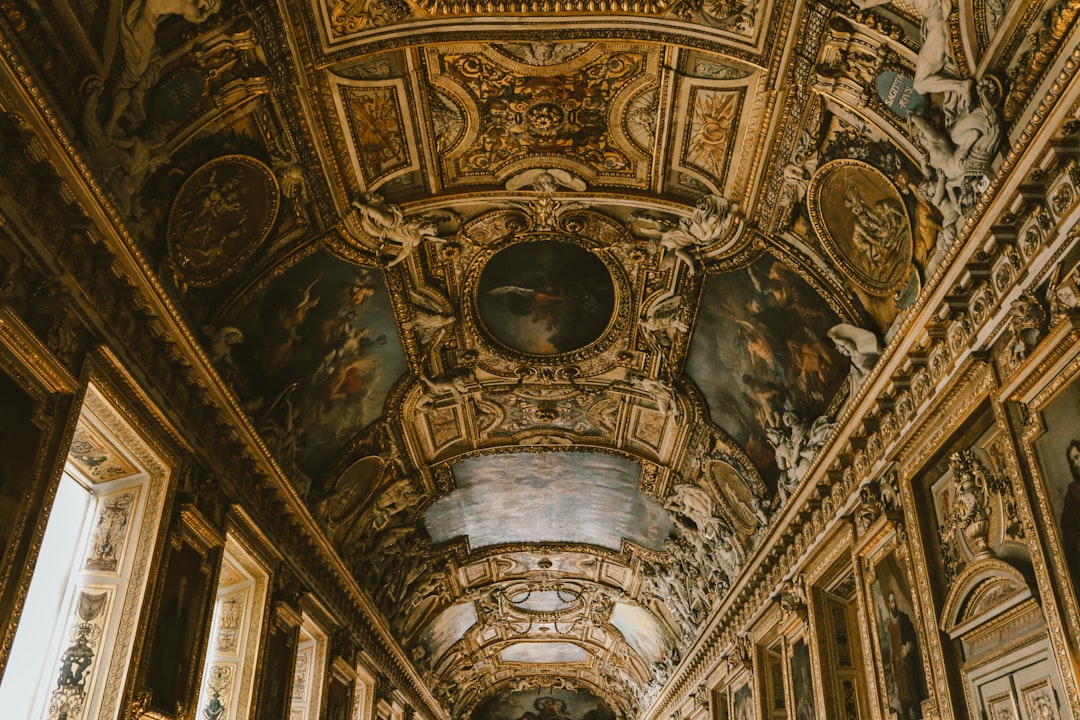
Top Monuments for Photography Enthusiasts: Capture the World in Frames.
# Introduction. Photography is not just about capturing moments; it is about encapsulating the beauty around us, especially within historical and monumental contexts. For photography enthusiasts, monuments can serve as incredible backdrops that tell stories of culture, history, and artistry. In this post, we will explore some of the most photogenic monuments around the world, providing tips on how to approach your photographic journey with respect and creativity. # 1. The Eiffel Tower, Paris, France. No list of monuments would be complete without mentioning the Eiffel Tower. As an iconic symbol of love and architecture, the Eiffel Tower offers countless photography opportunities, both from afar and up close. Golden hour, just before sunset, presents the best lighting conditions for capturing the tower's intricate iron lattice. For unique perspectives, consider shooting from Trocadéro Gardens or Pont Alexandre III, which frames the tower beautifully against the Paris skyline. Don't forget to capture candid moments of people interacting with this historic monument—these images can convey the true spirit of Paris. # 2. The Colosseum, Rome, Italy. The Colosseum stands as a testament to ancient Roman engineering and culture. Its colossal structure provides a dramatic backdrop for any photograph. Early mornings, when the crowds are thinner, are ideal for capturing the monument without obstruction. Wildflowers blooming in the surrounding area can add color and interest to your shots, and exploring the various angles from inside the Colosseum can create compelling compositions. Additionally, you can try your hand at night photography when the Colosseum is illuminated, offering a mystical aura perfect for moody shots. # 3. Machu Picchu, Peru. Machu Picchu is one of the most breathtaking monuments in the world, tucked high in the Andes mountains. To appreciate its grandeur, it's best to photograph the site from the scenic viewpoint known as Huayna Picchu. The landscape offers dramatic perspectives, particularly during sunrise, which can cast ethereal light on the ancient ruins. Capturing local llamas within the frame can also humanize the site, creating a connection between nature and history. Make sure to go during the dry season, when the weather cooperates for clear shots, and consider bringing a drone for aerial perspectives if allowed. # 4. The Taj Mahal, Agra, India. The Taj Mahal is often lauded as one of the most beautiful buildings in the world. Its striking white marble façade is best captured in the soft light of early morning or late afternoon. The symmetrical gardens and reflecting pools provide excellent framing opportunities that draw the eye toward the monument. Don't miss the chance to play with reflections by photographing the Taj Mahal in the nearby ponds. Also, try to capture the bustling life around the monument—vendors, tourists, and locals can add a dynamic touch to your images that highlight the monument's cultural significance. # 5. Stonehenge, Wiltshire, England. Stonehenge's mysterious aura and ancient stones provide an excellent opportunity for dramatic photography. The best time to visit for capturing the magic of this monument is during sunrise or sunset when the golden hue enhances the landscape. Experiment with long exposure photography to capture star trails above Stonehenge during a clear night sky. Also, incorporating people or shadows in your frames can evoke the sense of scale that these massive stones represent in history. # Conclusion. Photographing monuments is more than just snapping pictures; it requires understanding the stories they tell, the history they represent, and the beauty they embody. Each of the monuments listed serves as a unique muse for photography enthusiasts seeking to expand their skills and portfolio. Remember to approach each site with respect and care, embracing the opportunity to capture not only their beauty but also the essence of the culture surrounding them. The world is adorned with monumental marvels waiting to be photographed—explore, capture, and share the beauty. .







